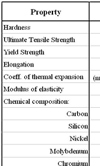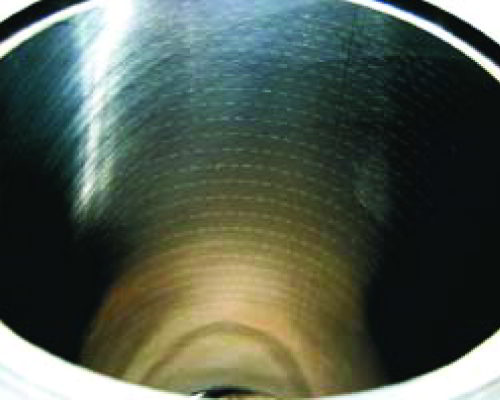Laser honing
 The surface condition of the cylinder bore has occupied the minds of motorists, engineers and enthusiasts for many years. Often expressed in terms of oil consumption – miles per litre or miles per quart depending upon which side of the Atlantic you reside – provided consumption isn’t excessive, all is generally thought to be fine. In a racing engine however, where cost of ownership is, let’s face it, more or less irrelevant, the real issue here is one of friction.
The surface condition of the cylinder bore has occupied the minds of motorists, engineers and enthusiasts for many years. Often expressed in terms of oil consumption – miles per litre or miles per quart depending upon which side of the Atlantic you reside – provided consumption isn’t excessive, all is generally thought to be fine. In a racing engine however, where cost of ownership is, let’s face it, more or less irrelevant, the real issue here is one of friction.
In recent years and with vehicle emission standards becoming more and more exacting, the surface of the cylinder bore is considered to be an emission critical component. While the technologies developed appear to have more direct benefits to the OE vehicle industry, the spin offs, in this case the bore finish, has helped to reduce engine friction. Modern engines are therefore very much more likely to have what is known as a ‘plateau’ surface finish. Consisting of a finely bored cylinder, bored more or less to size, the surface is then textured to produce the combined characteristics of a smooth, precisely cylindrical surface but with oil retention capability. To generate this texture will require dedicated honing machines when a series of coarse and then fine grit stones will be plunged through the bores in turn and while rotating at the same time produce a series of random grooves at angles varying between 30 and 45 degrees. The rougher stones will gouge out deep grooves in the material while the finer ones in subsequent operations, will effectively ‘top slice’ the surface away producing altogether a surface smoother to the eye but with deep groves spiralling down the bore. It is these deep grooves that are intended to retain the oil, which will subsequently lubricate the piston ring as it passes. When oil is present on the surface and the thickness of the oil film is greater than the height of the surface peaks, then hydrodynamic lubrication will be present and friction will be minimised.

The main concern with all this is that of the initial honing operation. The coarse grit whether it is vitreous stone or diamond rips out the material and can leave small amounts of residue deep in the grooves. While later operations will remove and effectively polish the upper portion, loose or partially removed material can still be retained in the grooves even after a thorough washing. By changing the honing procedure and introducing a laser to remove small but controlled amounts of the surface material later in the cycle, discreet pockets can be eroded which can be deeper than these initial rough grooves, more precisely controlled and can retain much more oil.
Thus the complete cylinder surface is smoother and more homogenous than with conventional practice. Furthermore, these discreet pockets can be machined anywhere on the bore to introduce additional oil to those places most in need. For most engines, that means nearer to the top ring reversal point where lubrication is traditionally difficult as the ring slows down.
With a million engines worldwide claiming to use this sort of technology, maybe it is only a matter of time before we all are using it.
Written by John Coxon.